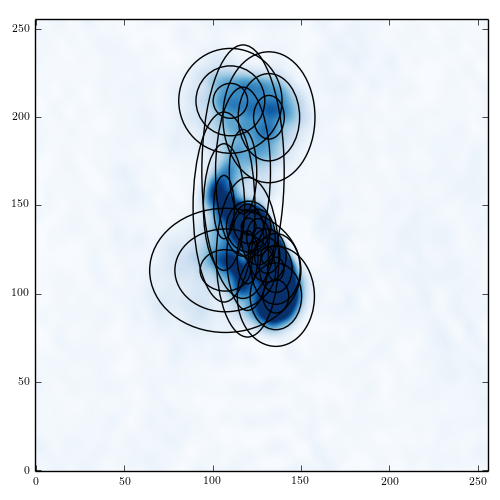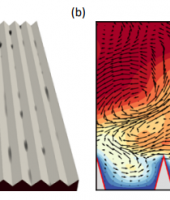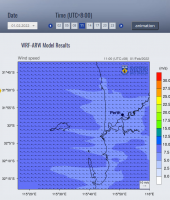GLEAM-X: GaLactic and Extragalactic All-sky MWA survey — eXtended
This new radio astronomical sky survey will explore our Universe in high resolution and full "radio colour", probing distant galaxies, revealing fine details of our own Milky Way, and exploring the space weather in Earth's ionosphere. Using the Murchison Widefield Array, it will completely cover the entire southern radio sky, pushing to nearly ten times lower noise than the original GLEAM survey. Complementary deep pointings in the form of the MWA Interestingly Deep Astrophysical Survey (MIDAS) will push down to the confusion limit of the telescope. Comprising more than 40,000 observations and requiring 20M CPU-hours to process, GLEAM-X and MIDAS are another milestone in the journey toward handling the data processing requirements of the world's largest radio telescope, the upcoming Square Kilometer Array.
Area of science
Astronomy, Radio Astronomy
Systems used
Magnus, Zeus
Applications used
WSClean, Aegean, SwarpThe Challenge
We need to transform ~1PB of raw telescope data into calibrated and astrophysically useful images. Given the large number of observations, this takes a large amount of computing time. There are also many deleterious effects that need to be corrected, such as flux density calibration errors, distortions in the source positions due the ionosphere, properly handling extended source structure, detecting polarisation, and accounting for instrumental attenuation of the sources.
The Solution
We have developed a pipeline that can perform the requisite calibration and transformations of the data, and knit the results together into useful images of the sky. The sheer computing power of Magnus allows us to run the pipeline and produce results.
The Outcome
We used Magnus to process 1,000 observations to create large mosaics over a test area of the sky. In doing so we encountered new issues such as dealing with the very brightest sources in the sky, and leakage of continuum signals into our polarisation measurements. Solving those, we were able to create some of the deepest images yet produced over wide areas, with expected publication in 2020.







